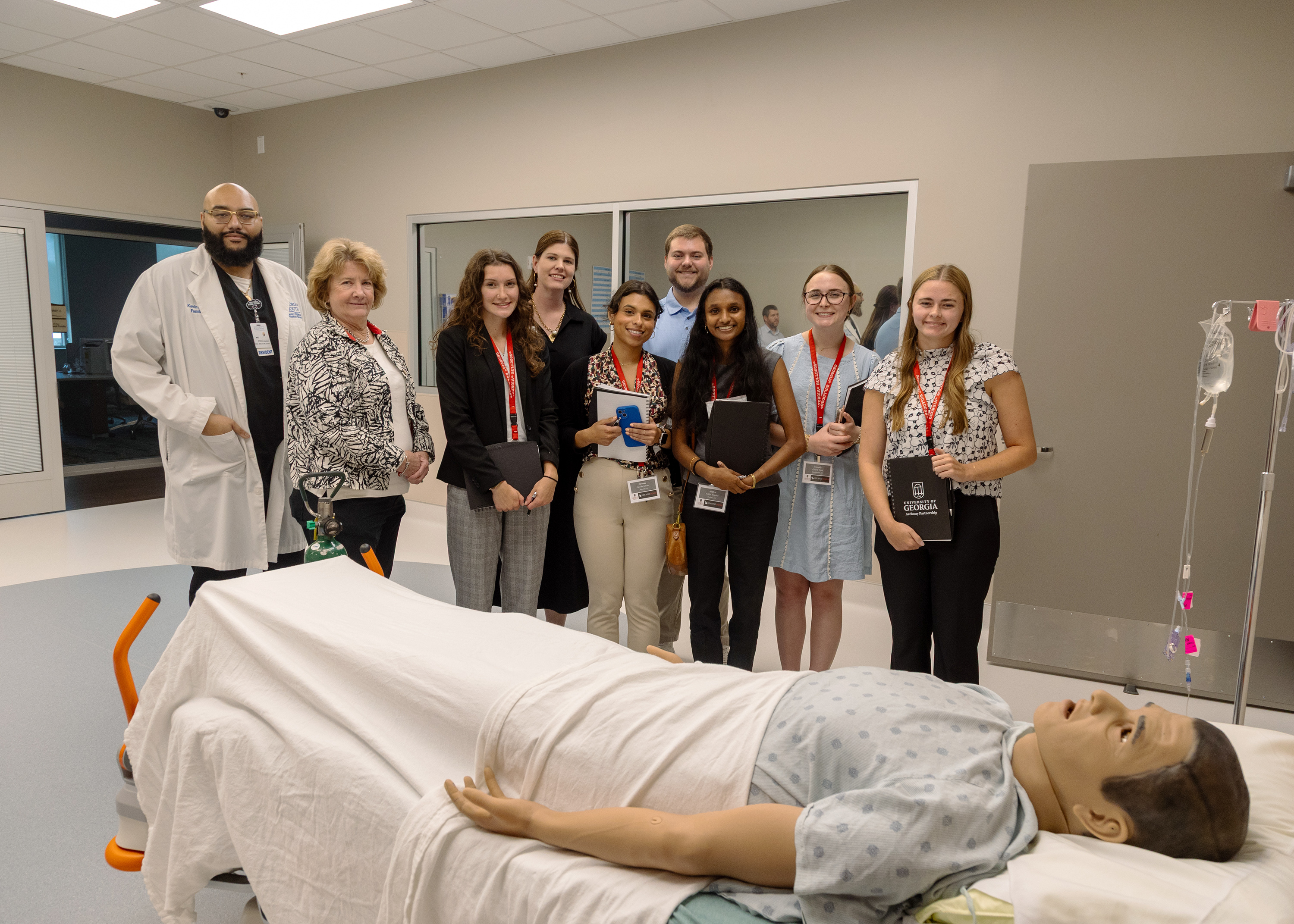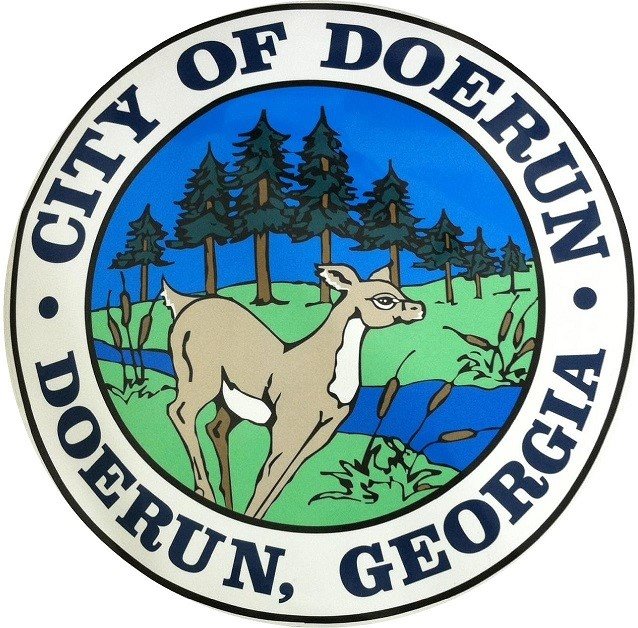EDITORIAL: Listen to the forecasters, even when they’re wrong
Published 2:20 pm Tuesday, October 9, 2018
A forecast — any forecast — is a guess. The more information the forecaster has to consider, the more educated his guess becomes.
Imagine picking the Super Bowl winner the first day of the NFL season. There are 32 teams and you know very little about any of them. Now imagine picking the winner the day before the game — there are only two teams and you’ve seen how they responded to all the situations that led up to it. Your forecast has a much greater chance of being right the later in the season you make it.
The same for storm forecasting. The meteorologist looking at a pile of clouds off the Yucatan Peninsula is making a guess from all the likely possibilities of whether those clouds will turn into a tropical storm or hurricane, when they might do so, how powerful it might become and where it moves from there. A few days later, after the storm has done something and the conditions that influence it are clearer, the meteorologist’s forecast is more accurate.
Hurricane Michael came up fast, and meteorologists made their forecasts based on the information they had at the time. As they got more information, those forecasts changed — the same as your prediction for the Super Bowl would change after you’ve seen the teams play for a few weeks.
The difference between predicting hurricanes and predicting football champions is the stakes. You’re not going to bet your house, car and livelihood on the result of the Super Bowl game, no matter when you pick it. A lot of things we care about are riding on knowing where that hurricane goes and how destructive it could be.
When we know what’s coming, we can prepare. We can secure things that might blow away or board up windows that might get broken by debris. We can evacuate calmly if that’s what we need to do to keep our family safe.
The accuracy of meteorologists’ early predictions — and our ability to trust them — are imperative. But sometimes our expectations for those predictions are unrealistic.
When meteorologists describe a tropical storm or hurricane, they’ll usually show a graphic of its path — not a straight line but a curved angle that’s narrow at the storm and widens as it stretches away. It’s called the cone of uncertainty. The meteorologist can tell you pretty accurately where the storm will be six hours from now, but he has to admit he doesn’t know exactly where it will be three days out. He makes an educated guess, and the storm’s center is most likely to go somewhere in that cone.
Meanwhile the storm itself can be wider than the icon that represents it on the graphic. At one point, Hurricane Michael was spawning tropical storm force winds 175 miles away from its center. To put into perspective, that means if the center went over Columbus on the western edge of Georgia, damaging winds would still be felt in Valdosta and every place in between.
Just because the meteorologist says the center of the storm will go through Colquitt County and it actually goes through Grady or Dougherty or Lowndes doesn’t mean we’ll escape punishing winds and rain.
We need to take all that into account as we prepare for storms — even when the meteorologists’ educated guess puts it some distance away from here or when they don’t hit it right on the nose.





